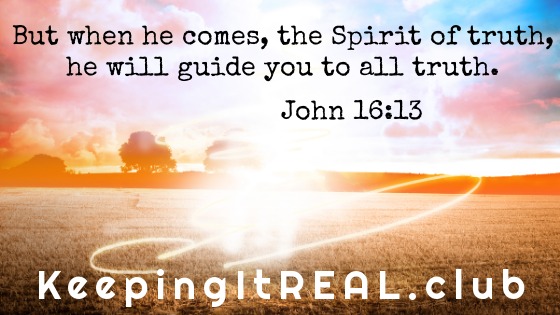<strong> Reading I: <a href=”http://usccb.org/bible/proverbs/8:22″ target=”_blank” rel=”noopener noreferrer”>Proverbs 8:22-31</a>
Reading II: <a href=”http://usccb.org/bible/romans/5:1″ target=”_blank” rel=”noopener noreferrer”>Romans 5:1-5</a>
GOSPEL: <a href=”http://usccb.org/bible/john/16:12″ target=”_blank” rel=”noopener noreferrer”>John 16:12-15</a></strong>
<h3>In the Name…</h3>
“In the Name of the Father, and of the Son, and of the Holy Spirit — Amen!”
How many times do we say it? How many times do we hear it? Over the years theologians and scholars have tried to explain what the Trinity is all about, but we’ll take a different approach. Rather than try to explain that which is a mystery (something unexplainable), let’s look at why the Trinity is important and just what it means to our lives.
God comes to us in three ways. All are important and all are distinctly different — yet together they act as one. The trinity is the most perfect relationship.
<h3>God the Father (Creator) — Provides for us</h3>
The first part of the trinity is God the Father. This is the provider. God created the entire world and all of the “stuff” of the world. God created everything with us in mind. God wanted to act as the ultimate parent by providing us with everything we need. In our prayer life it is important to thank God for all of the things that have been created for us, and entrusted to us to be preserved for future generations. God has given us much, and we need to do the best we can to take care of it.
[Tweet theme=”tweet-box-shadow”]We are created to do something. What is it that God has created you to do? How do you take care of the relationships God has entrusted to you?[/Tweet]
God also created us, the entire human race. We should all be reminded that God has made each and every person with a future and a purpose. We are created to do something. What is it that God has created you to do? How do you take care of the relationships God has entrusted to you?
<h3>God the Son (Redeemer) — Saved us</h3>
The second part of the trinity is God the Son. God knows that we needed some lessons on how to live and what to live for. Jesus was God with skin on. He was a man who walked among the people of his day. He attended their weddings, ate dinner with them, and attended their funerals. He knew full well what it was like to be a human — except when it came to sin.
In addition to teaching us his laws, he also endured the worst kind of death. Jesus was crucified to save us from sin. He died for each one of us. Jesus, the Son, the Redeemer — came on earth to save us from ourselves and from the sin of the world.
<h3>God the Holy Spirit (Sanctifier) — Makes us holy</h3>
The third part of the trinity is God the Spirit. God knows that we are vulnerable and need the help of a constant guide. This is why we have the Holy Spirit — that which is our gift of God here on earth. The Holy Spirit is the God who helps us to connect with the holy. When we encounter the Holy Spirit, it can be a little voice or a gut instinct. Whatever way we find that shows us the right thing to do — or the wrong thing we should avoid — that is the Holy Spirit. It helps make us better than we would be otherwise. Checking with the Holy Spirit is how we can live holy lives.
<h3>Think About It</h3>
Each of the beings of the Trinity is so important in the life of the human race. As Christians we are baptized, and live out our lives in the name of the Trinity. Perhaps the next time you make the sign of the cross, maybe you will think differently (or think at all) about what it means to live in the Name of the Father, and of the Son, and of the Holy Spirit.
Let us pray that each time we extend our hand to our forehead, then lower it to the sternum, and then to our left shoulder and then conclude to the right — we give honor as we remember the God who provides for us, the God who saves us, and the God who makes us Holy. How and why the Trinity exists may remain a mystery, but that doesn’t mean we can’t understand the value and importance the Trinity brings to each of us.
<h3>Life Application:</h3>
What goes through your mind when you make the sign of the cross?
Before reading the article, how would you have described the Trinity to someone?
How would you describe the Trinity now?
Original article<strong><em>by Dcn. Jim Corder</em></strong>, 2004.
<a rel=”license” href=”http://creativecommons.org/licenses/by/4.0/”><img alt=”Creative Commons License” style=”border-width:0″ src=”https://i.creativecommons.org/l/by/4.0/88×31.png” /></a><br />This work is licensed under a <a rel=”license” href=”http://creativecommons.org/licenses/by/4.0/”>Creative Commons Attribution 4.0 International License</a>.
